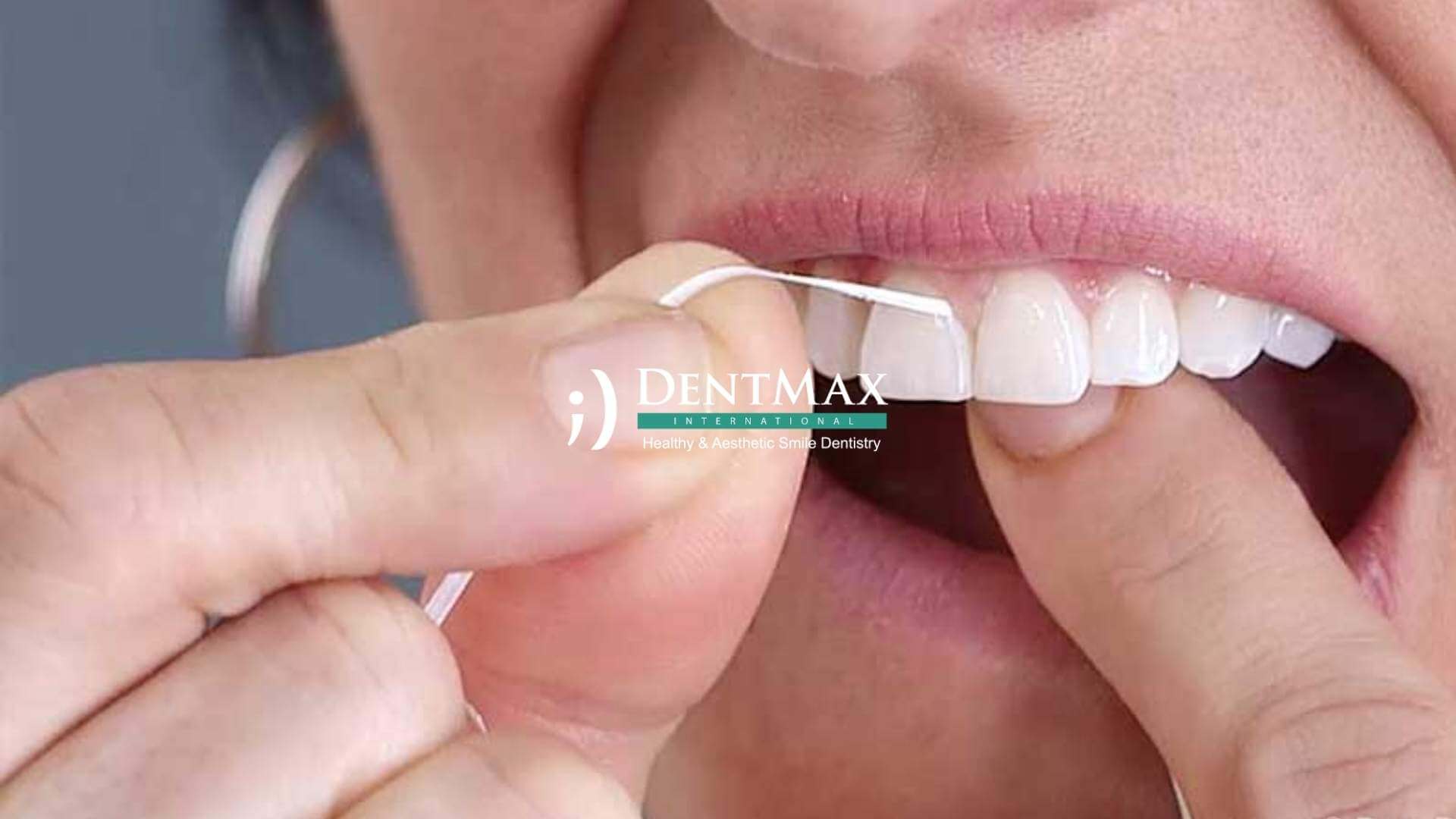What is the Most Effective Method for Using Dental Floss?
What to Consider When Choosing Dental Floss




Eş, Baba, Ortodontist...
Yüzücü ve Doğa Tutkunu!

Eş, Baba, Ortodontist...
Yüzücü ve Doğa Tutkunu!
What to Consider When Choosing Dental Floss
To floss effectively, gently slide the floss up and down against both sides of each tooth. When the floss reaches your gums, curve it around the base of the tooth to form a C shape.
Flossing is a vital part of oral hygiene. It helps remove food particles trapped between your teeth, reducing the number of bacteria and plaque in your mouth. Plaque is a sticky film that builds up on teeth and can lead to cavities and gum disease.
Although many people brush their teeth daily, not everyone flosses as regularly. According to a national survey, about 40% of Americans floss at least once a day, while 20% never floss at all.
Of course, it’s not enough just to floss; it’s important to floss correctly. Incorrect flossing can potentially harm your teeth and gums. If you’re unsure of the proper technique to clean between your teeth, here’s a step-by-step guide to flossing effectively.
Follow this step-by-step guide to floss your teeth correctly:
Flossing Instructions:
Pull off about 45 to 60 cm of dental floss. To hold the floss properly, wind most of it around both of your middle fingers, leaving around 2 to 3 cm for your teeth.
Then, hold the floss tightly between your thumbs and forefingers.
Carefully place the floss between two teeth and gently slide it up and down, rubbing it against both sides of each tooth. Avoid snapping the floss into your gums as this can cause injury or bruising.
When the floss reaches your gums, curve it around the base of the tooth to form a C shape. This enables the floss to reach the space between your gums and tooth.
Move from tooth to tooth, using a fresh section of floss for each one.
Flossing with braces can be tricky and takes more time than flossing without them. If using regular floss, set aside 10 to 15 minutes to floss your teeth thoroughly.
In this method, choose waxed floss as it is less likely to tear and get stuck in your braces.
Cut about 45 to 60 cm of waxed dental floss.
Stand in front of a mirror to ensure the floss goes where it is needed.
Start by threading the floss between your teeth and the main wire. Wrap the loose ends of the floss around your forefingers to easily manoeuvre it.
Gently press the floss between two teeth, then move it up and down along the sides of both teeth.
When flossing your upper teeth, try to make an upside-down U shape with the floss. Go up the side of one tooth to the gumline, then slide the floss down the side of the other tooth.
Carefully remove the floss and gently unthread it from behind the wire. Avoid popping the floss out, as you might dislodge a wire.
Move on to the next pair of teeth and repeat the same technique until you’ve flossed between all of your teeth.
Instead of using waxed floss, other options for flossing with braces include a Waterpik or floss threader, which can save time.
Knowing the right time to floss is also crucial for oral health. Some people prefer to brush their teeth first, then floss. However, it is generally recommended to floss before brushing your teeth.
Flossing helps dislodge food and plaque stuck between your teeth, while brushing removes these particles from your mouth. If you brush first and floss afterwards, remnants may remain in your mouth until your next brushing session.
The American Dental Association recommends flossing at least once daily and brushing twice daily.
Dental floss comes in various types, and the best one for you depends on your preferences, the space between your teeth, and whether you have braces or bridges.
Some dental flosses are easier to use in wider spaces, while others are better suited for tighter spaces.
Dental Tape: This type is broader and flat like a ribbon, making it easier to handle if you have braces, gaps, or large spaces between your teeth.
Standard Floss: A thin, nylon strand that fits between teeth, available flavoured or unflavoured, waxed or unwaxed. If your teeth are closely spaced, wax-coated dental floss may help you get between them more easily.
Super Flosses: These are ideal for braces, bridges, and gaps. They have three components: a stiffened end for flossing underneath appliances, spongy floss for cleaning around appliances, and regular floss to remove plaque below the gumline.
In addition to dental tape, waxed floss, and floss threaders, other tools can simplify flossing.
One option is to use an electric or water flosser, which uses water pressure to remove plaque and food between teeth. These are great options if you find traditional flossing challenging or have braces. A water flosser can effectively clean between brackets and wires.
Another option is disposable floss picks, which are easy to handle and can help reach difficult areas at the back of your mouth.
Good oral hygiene involves more than just brushing your teeth; it also includes proper flossing techniques.
Flossing helps remove bacteria, plaque, and food from between your teeth, reducing the risk of tooth decay and gum disease. Along with regular brushing and flossing, ensure you schedule dental cleanings at least twice a year.

Créez votre rendez-vous rapidement en 5 étapes
Votre demande a été reçue. Nous vous contacterons dans les plus brefs délais.